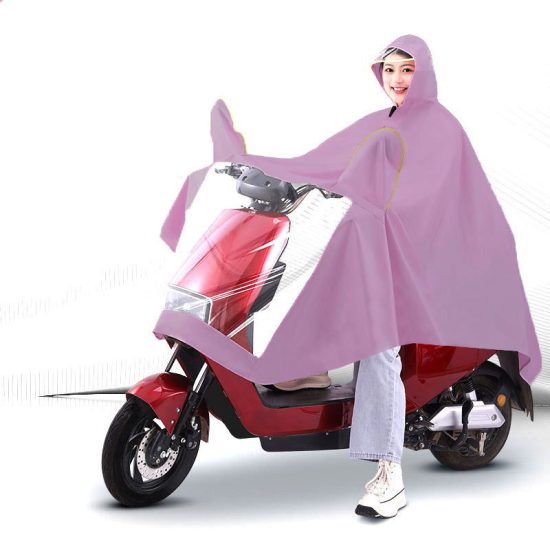The evolution of rain jacket design has been a fascinating journey, marked by technological advancements, material innovations, and a focus on both functionality and style. Here’s an overview of how rain jackets have evolved over time:
- Early Rainwear:
- Traditional rainwear was often made from materials like waxed cotton or rubberized fabrics. These garments were waterproof but lacked breathability, making them uncomfortable for extended wear.
- Introduction of Synthetic Fabrics:
- Nylon and polyester entered the scene, offering improved waterproofing and breathability compared to traditional materials. These fabrics allowed for lighter and more flexible rainwear.
- Waterproof-Breathable Technologies:
- GORE-TEX revolutionized rainwear by introducing a waterproof and breathable membrane. This technology allowed moisture to escape while keeping rain out, setting a new standard for performance in rain jackets.
- Seam Sealing and Zippers:
- Advancements in seam-sealing techniques and waterproof zippers further enhanced the water-resistant properties of rain jackets, preventing water from seeping through seams and closures.
- Ventilation Features:
- To address breathability issues, manufacturers started incorporating ventilation features like underarm zippers, mesh-lined pockets, and back vents to allow airflow and regulate body temperature.
- Specialized Designs for Activities:
- Rain jackets evolved to cater to specific activities. For instance, hiking jackets often feature more durable materials and technical features, while urban rainwear focuses on style without compromising functionality.
- Sustainability and Eco-Friendly Materials:
- There has been a growing emphasis on sustainability in rain jacket design, with the introduction of eco-friendly materials like recycled polyester and PFC-free DWR (Durable Water Repellent) coatings.
- Hybrid and Versatile Designs:
- The emergence of 3-in-1 jackets or modular designs that incorporate removable liners or shells offers versatility for various weather conditions, making them adaptable for different climates and activities.
- Fashion Integration:
- Rain jackets have also seen a shift towards more fashionable designs, allowing wearers to seamlessly transition from outdoor activities to urban settings without sacrificing style.
- Smart and Technical Features:
- Some modern rain jackets integrate technical features like advanced moisture-wicking linings, heat-reflective materials, or even technology-compatible pockets for smartphones or music devices.
- Continued Innovation:
- Ongoing research and development continue to push the boundaries of rain jacket design, exploring new materials, construction techniques, and sustainability practices to create more functional, comfortable, and environmentally conscious rainwear.
The evolution of rain jackets reflects a balance between technological innovation, user needs, fashion trends, and environmental consciousness, aiming to provide versatile, high-performance outerwear for diverse lifestyles and climates.


